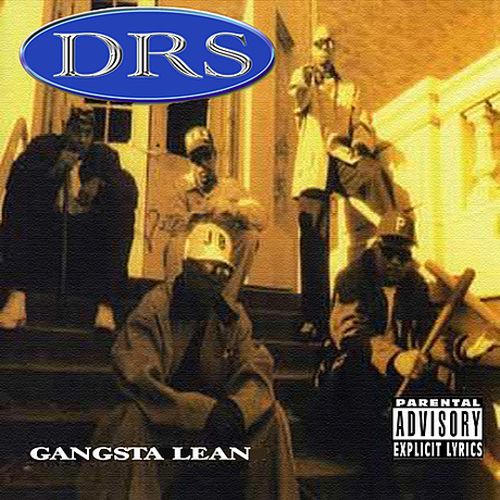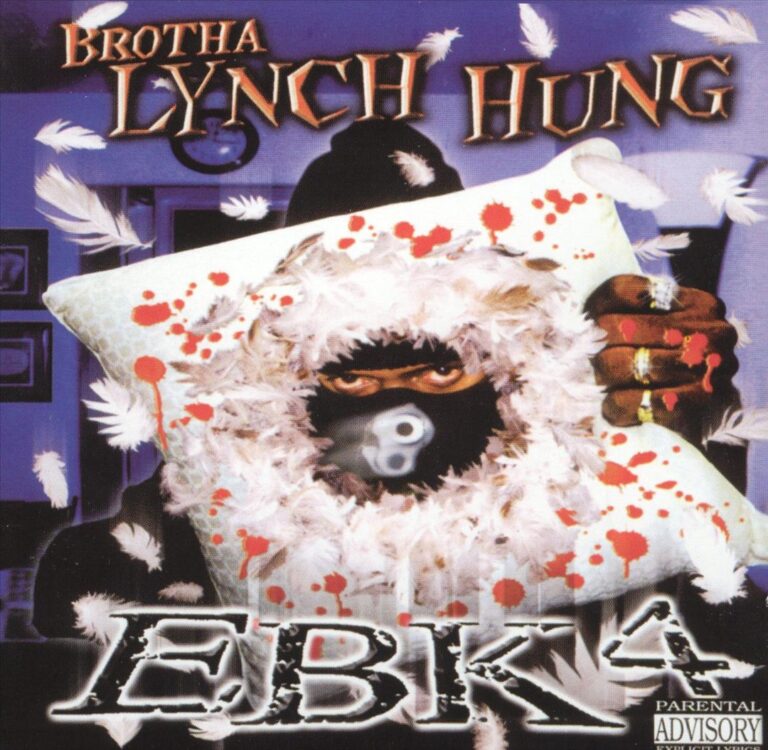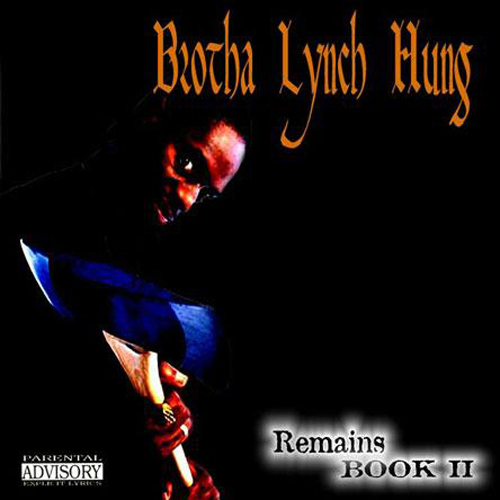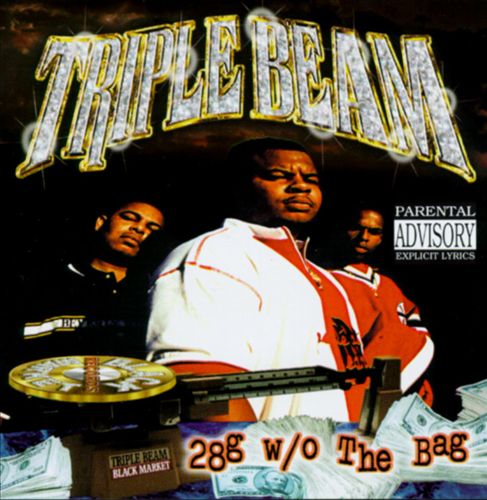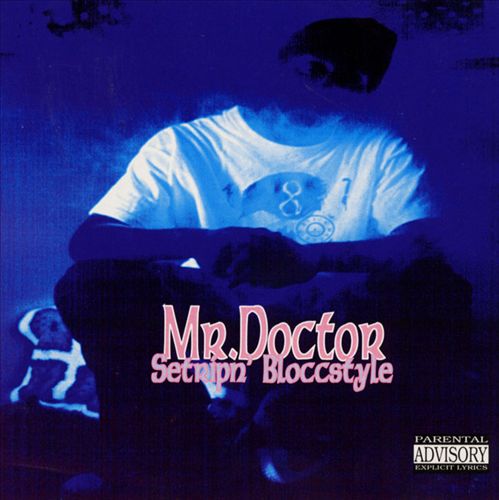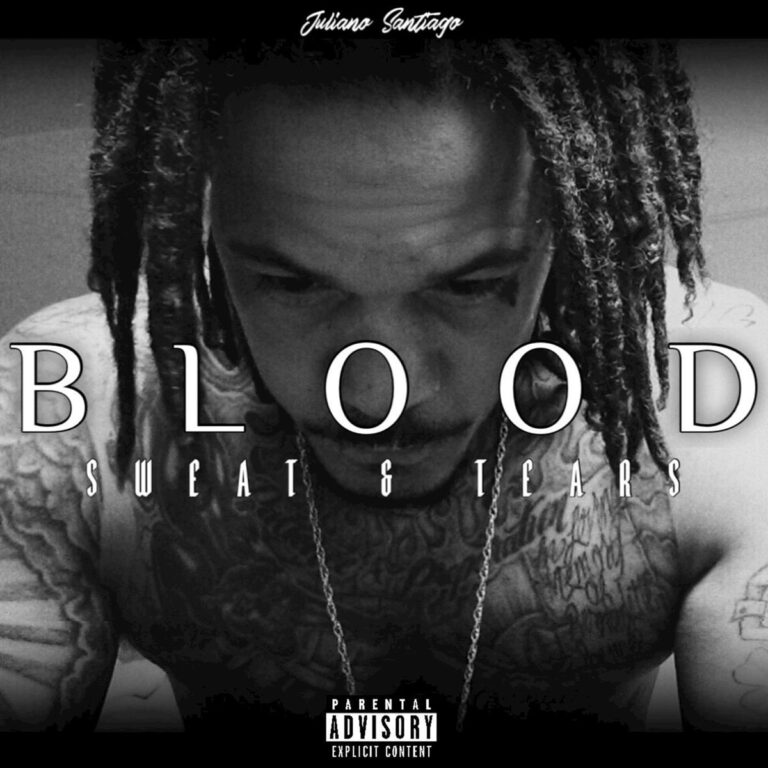The 916 Alliance – Silence The Violence (Pt. 1)
January 1, 1991
Download music album Silence The Violence (Pt. 1) by The 916 Alliance, released in 1991. ℗ Black Market Records
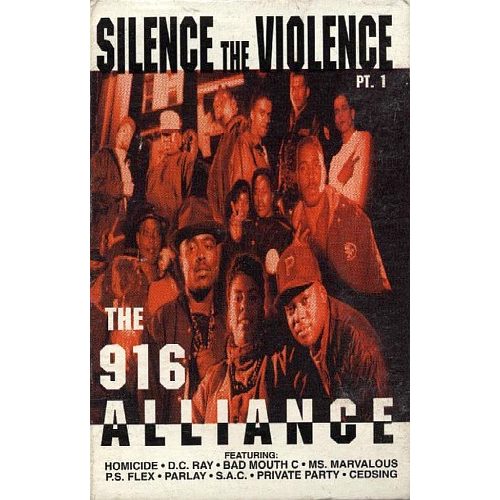
1
The 916 Alliance
Silence The Violence
04:48
Album info
Released in 1991 under the label Black Market Records, “Silence The Violence (Pt. 1)” is a powerful conscious hip-hop single that served as a poignant response to the brutal killing of a young man outside a concert involving label members. Crafted by The 916 Alliance, a collective of Sacramento-based artists, this project represents a cry against the escalating violence that marred the period and environment from which it emerged.
The single consists of two sides, both featuring the track “Silence The Violence,” a 4-minute and 45-second manifesto that rallies against the rampant violence infiltrating communities. It uniquely blends the voices of several artists — from Bad Mouth C and DC Ray to Ms. Marvalous and S.A.C., among others — culminating in a tapestry of perspectives that unite to call for peace and social justice.
Musically, the production helmed by Cedsing manages to capture the urgency and gravity of the message. The beats are layered yet minimalistic, providing a canvas against which the lyrical brushstrokes vividly come to life. Co-producer LA Chill also brings his nuanced touch to the table, enhancing the single’s depth and resonance.
On the business side, the project was overseen by executive producers Cedric Singleton, Rick Lujan, and Robert Foster, who ensured that the single got the distribution and attention it deserved. The Big O served as the DJ, adding a scratchy texture that complements the conscious rap style well.
The single’s artwork, crafted by Larry Anderson, encapsulates the raw emotion and social message the music aims to convey. Everything from the single’s visual aesthetics to its auditory experience seeks to engage the listener emotionally and intellectually, compelling them to pause and consider the state of their surroundings.
“Silence The Violence (Pt. 1)” is not just a song; it’s a social statement. It speaks to the collective responsibility of artists and communities to address the issues that plague them. More than three decades since its release, the message remains sadly relevant, making this project a timeless testament to the power of art as a catalyst for social change.

